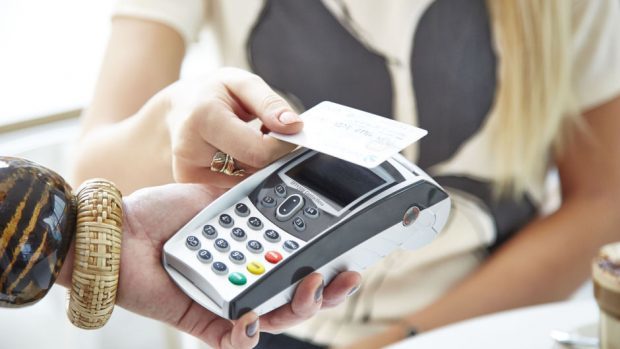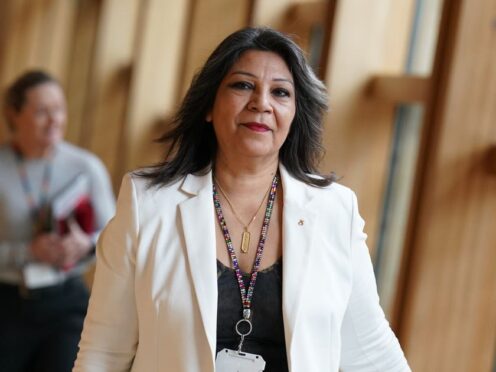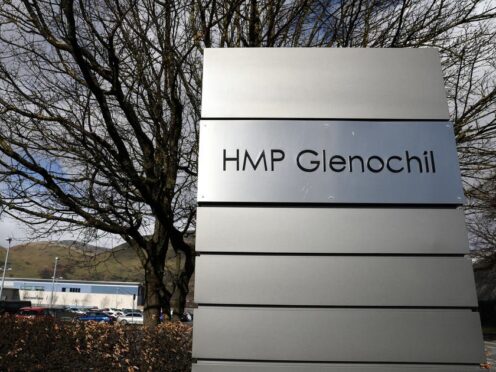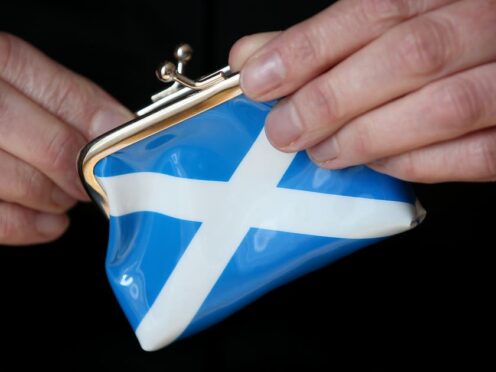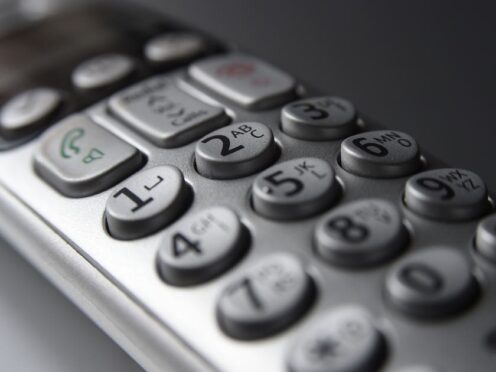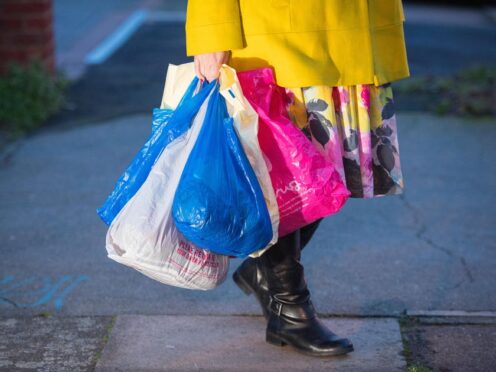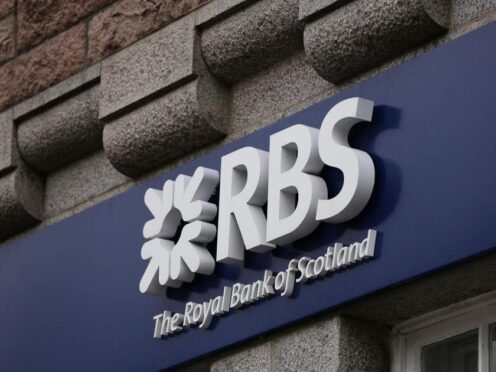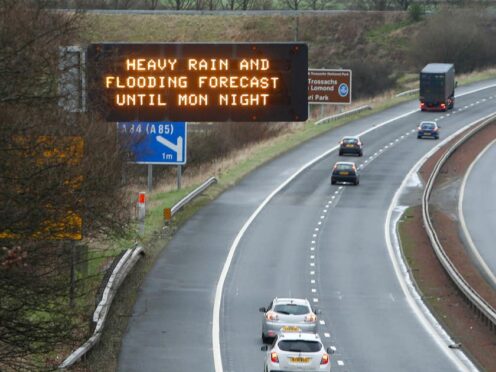Contactless card crime has been linked to a rising number of fraud cases, according to new figures published by Police Scotland.
The number of fraud offences increased by almost a quarter (24.8%) year-on-year, with 5,007 crimes recorded between April 1 and September 31 this year.
And analysis has shown that crimes such as card and taxi frauds are behind the increase.
ATM frauds are decreasing but scams involving contactless payments are rising as the technology becomes more widely used.
A number of high-value frauds such as vishing, bogus crime and romance fraud have also been reported and people committing these kinds of crimes often target the elderly and vulnerable.
The data, while not official statistics, relates to crime recorded by Police Scotland, and show that, overall, crime has decreased by 0.3% year-on-year.
Deputy Chief Constable Fiona Taylor said: “We are seeing an increase in fraud in most local policing divisions across Scotland.
“Fraudsters will use any opportunity to profit from their victims and we are determined to disrupt those who seek to exploit our communities in this way.
“We are working with high street banks and trading standards teams to prevent customers falling victim to fraud, allowing staff to alert the police to any unusual withdrawals.
“The introduction of this Banking Protocol has resulted in more than £1.8 million in fraudulent transactions being prevented since Police Scotland joined the scheme in March 2018.
“Through partnership initiatives such as these, we can protect people and businesses and stop fraudsters in their tracks.”
A total of 1,284,654 calls were made to Police Scotland in the six-month period between April 1 and September 30, 2018, resulting in 253,546 crimes or offences being recorded.
Many other calls relate to road traffic crashes, responding to mental health issues or missing person investigations.
Some 11,552 missing person investigations were undertaken in the six-month period, more than half of which involved a person who had been reported missing on a previous occasion.
DCC Taylor said: “Only 20% of incidents attended by Police Scotland result in a crime being recorded, yet the demand on our services is as high as ever.
“Whether it’s searching for missing people or dealing with individuals who are in distress, our officers and staff are working tirelessly to keep the people of Scotland safe.”
